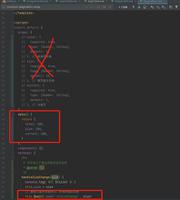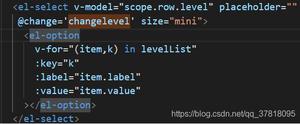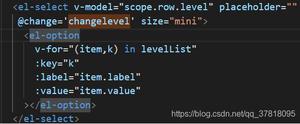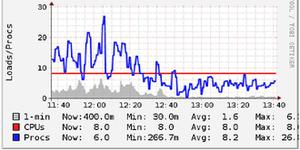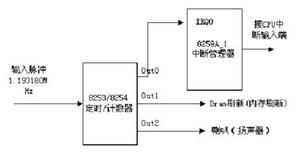【go】time.afterFunc 的使用
import ("fmt"
"time"
)
func main() {
t := time.AfterFunc(3 * time.Second, func() {
fmt.Println("done")
})
// time.Sleep(4)
for {
select {
case <- t.C:
fmt.Println("ok")
break;
}
}
}
上面的代码执行会报错
想要实现的效果:
按顺序先看到 "done" 再看到 "ok" (并且不想在主线程 time.Sleep)
参考文档:
https://studygolang.com/pkgdoc
time.AfterFunc 返回的 Timert 里,t.C 是 nil。源码。它不能通过 <-t.C 来等待到指定时间。
要想知道定时函数执行完了,必须自己主动从定时函数里发信号出来,比如:
package mainimport (
"fmt"
"time"
)
func main() {
c := make(chan int)
time.AfterFunc(3 * time.Second, func() {
fmt.Println("done")
c <- 1
})
<-c
fmt.Println("ok")
}
你的for循环中没有函数调用,go runtime都没有机会去调度goroutine,在for里面随便加一个函数调用就行,例如time.Sleep(1*time.Second)。
这是Timer的定义,注释里面说了,用time.AfterFunc创建的话,是不会用到C这个chan的,所以你的代码就死锁了
// The Timer type represents a single event.// When the Timer expires, the current time will be sent on C,
// unless the Timer was created by AfterFunc.
// A Timer must be created with NewTimer or AfterFunc.
type Timer struct {
C <-chan Time
r runtimeTimer
}
你可以看下源码,AfterFunc初始化Timer的时候并没有初始化C变量,你可以用Time.NewTimer实现,或者time.Ticker
回答
以上是 【go】time.afterFunc 的使用 的全部内容, 来源链接: utcz.com/a/111568.html

